We are currently living through uncertain times, you or someone you know may be faced with the possibility of being made redundant and may be wondering how to work out your redundancy pay. In this guide we will cover what redundancy pay is, how to work out redundancy pay and answer common questions you may have around the topic.
What is redundancy pay?
Redundancy pay, also known as severance pay, is compensation given to employees who are made redundant. Redundancies are often made due to factors such as business closures, relocations, or downsizing, since the pandemic and the cost of living crisis in the UK redundancies have unfortunately been quite a common occurrence in the past few years. Redundancy pay, in short, is a form of financial support provided by employers to help employees transition to new employment or cope with the financial strain of losing their job.
How to work out redundancy pay?
UK redundancy pay is a legal entitlement governed by the Employment Rights Act 1996. The amount of redundancy pay an employee receives depends on various factors, including their length of continuous service with the employer, their age, and weekly pay.
Redundancy pay is calculated based on the following:
- For each full year of continuous service under the age of 22: 0.5 week’s pay
- For each full year of continuous service aged 22 to 41: 1 week’s pay
- For each full year of continuous service aged 41 and over: 1.5 week’s pay
The weekly pay used in the calculation is subject to a statutory cap, which is updated annually.
To calculate redundancy pay, multiply the employee’s weekly pay (up to the statutory cap) by the appropriate number of weeks based on their years of service using the formula above. Then, multiply this by the number of years of service. The total amount should not exceed the maximum limit.
As of 2024, the cap is £700 per week. The maximum limit on the total amount of redundancy pay an employee can receive is £21,000.
However, this figure may change, so it’s essential to verify the current cap at the time of calculation. Having a payroll provider manage your company’s payroll system means you can constantly stay up to date on compliant changes with no worry.
When are you entitled to redundancy pay?
Redundancy pay is only available under certain circumstances. Employees in the UK are entitled to redundancy pay if they have been continuously employed for at least two years. (Continuous employment refers to the length of time an employee has worked for the same employer without a break).
If an employee meets this criterion and is made redundant due to circumstances beyond their control, such as business closure or downsizing, they are entitled to receive redundancy pay. You can talk to a payroll expert today and find out more about redundancy rates here.
When aren’t you entitled to redundancy pay?
Unfortunately there are a lot more rules and regulations for you not receiving your redundancy pay. Please see below the situations where an employee may not be entitled to redundancy pay, including:
- If they have been employed for less than two years continuously.
- If they are offered suitable alternative employment by their employer and refuse it without good reason.
- If they are dismissed for misconduct or other reasons unrelated to redundancy.
- If they are self-employed or work on a fixed-term contract that has reached its natural end.
It’s important to note that entitlement to redundancy pay can vary depending on individual circumstances and legal interpretations. Employees who believe they are entitled to redundancy pay but have not received it should seek legal advice or contact the Advisory, Conciliation, and Arbitration Service (ACAS) for assistance.
How payroll providers can help with redundancy pay?
Payroll providers play a crucial role in helping employers calculate and administer redundancy pay accurately. At PayEscape we provide software that automatically calculates redundancy pay based on statutory formula and any additional entitlements. Our Payroll software allows you to keep track of employees’ length of service and other relevant information necessary for these redundancy calculations.
By choosing PayEscape as your payroll provider you can stay in compliance with legal requirements and update pay legislation, gain advice on best practices for managing redundancy processes and communicating with affected employees. By outsourcing payroll services to a reputable provider, employers can streamline the redundancy process and ensure that employees receive their entitlements accurately and on time.
Get in touch today or book a free demo online and save time and money on working out your redundancy pay.
















